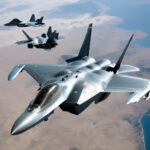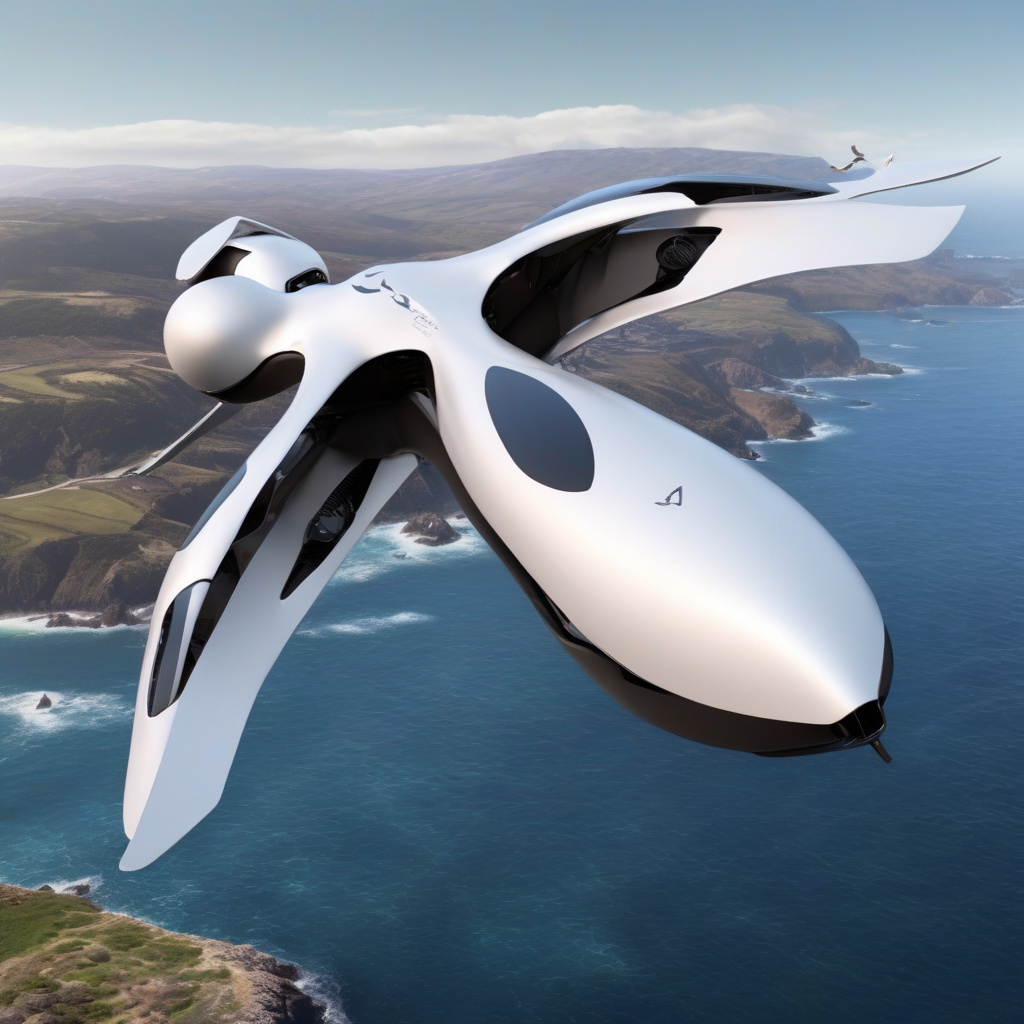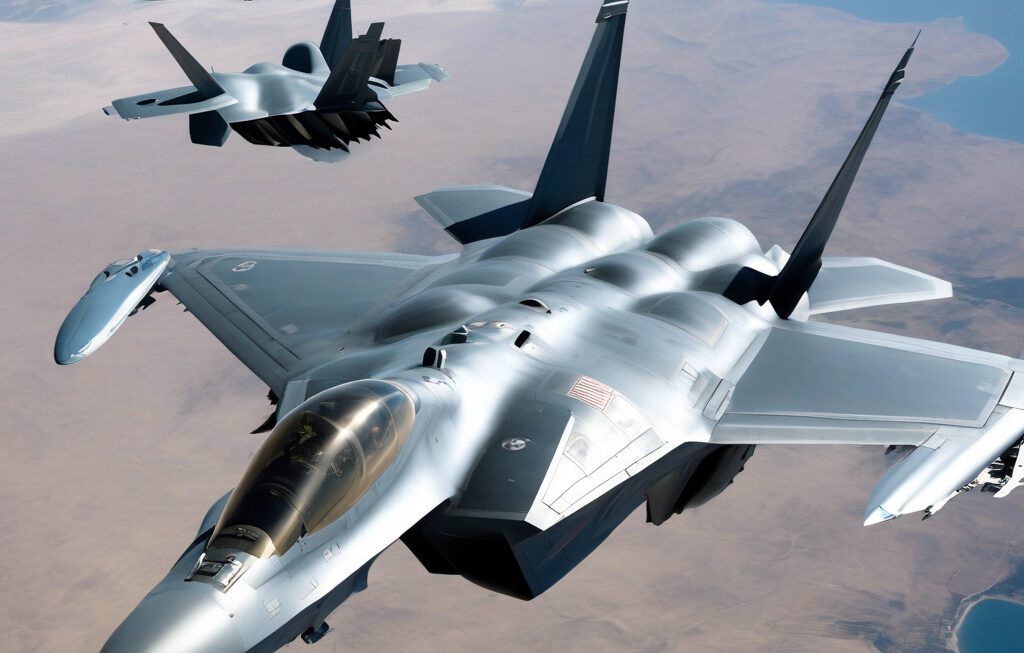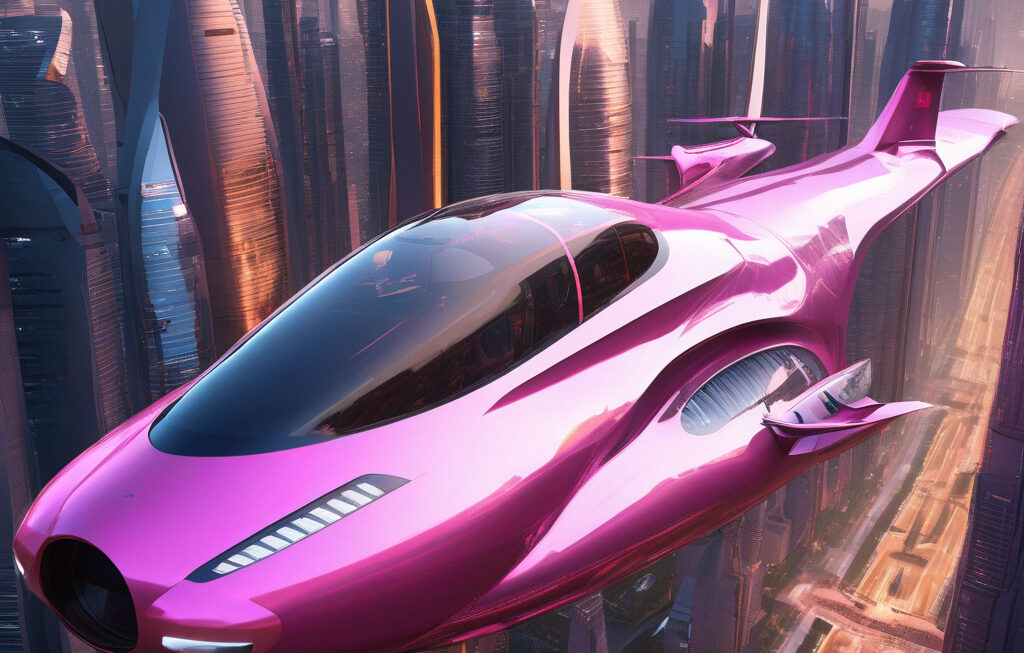US Military Backs Albatross-Inspired Drone Aiming for Longer Flight on Less Power
Birds can soar through the sky for long periods without flapping their wings. They achieve this remarkable feat by utilizing the principles of dynamic soaring, a technique that allows them to harness the energy present in the atmosphere. Inspired by the extraordinary flying abilities of albatrosses, researchers and engineers have developed drones that mimic these majestic seabirds, with the ultimate goal of achieving longer flight times while using minimal power.
The US military has recently thrown its support behind a groundbreaking project that seeks to leverage the aerodynamic efficiency of albatross-inspired drones. By investing in this innovative technology, the military aims to enhance surveillance capabilities, extend mission durations, and reduce the logistical burden associated with traditional drones that have limited flight endurance.
One of the key advantages of albatross-inspired drones is their ability to travel vast distances without the need for frequent recharging or refueling. This is made possible by their unique design, which allows them to ride on air currents and extract energy from the surrounding environment. By soaring effortlessly through the skies, these drones can cover expansive areas and stay aloft for extended periods, offering unprecedented opportunities for various military and civilian applications.
In addition to their impressive range and endurance, albatross-inspired drones also boast superior stability and maneuverability, making them ideal for conducting reconnaissance missions, monitoring wildlife, or assisting in search and rescue operations. Their ability to navigate diverse environments and withstand challenging weather conditions further enhances their utility in a wide range of scenarios.
Furthermore, the development of albatross-inspired drones represents a significant advancement in biomimicry, a field that draws inspiration from nature to solve complex engineering challenges. By studying the flight mechanics of albatrosses and translating their aerodynamic principles into innovative drone designs, researchers have unlocked new possibilities for aerial technology that were previously unimaginable.
As the demand for long-endurance drones continues to grow across both military and civilian sectors, the emergence of albatross-inspired aerial vehicles could revolutionize the way we approach aerial surveillance, environmental monitoring, and disaster response efforts. By harnessing the power of nature’s own flight experts, we are paving the way for a future where drones can soar like never before, unlocking new opportunities for innovation and exploration.
In conclusion, the US military’s support for albatross-inspired drones underscores the transformative potential of biomimetic engineering in enhancing aerial capabilities. By emulating the remarkable flying abilities of these seabirds, researchers and engineers are poised to redefine the possibilities of unmanned aerial vehicles, setting new standards for endurance, efficiency, and performance in the skies above.
#USMilitary #AlbatrossInspired #DroneTechnology #Biomimicry #AerialInnovation












